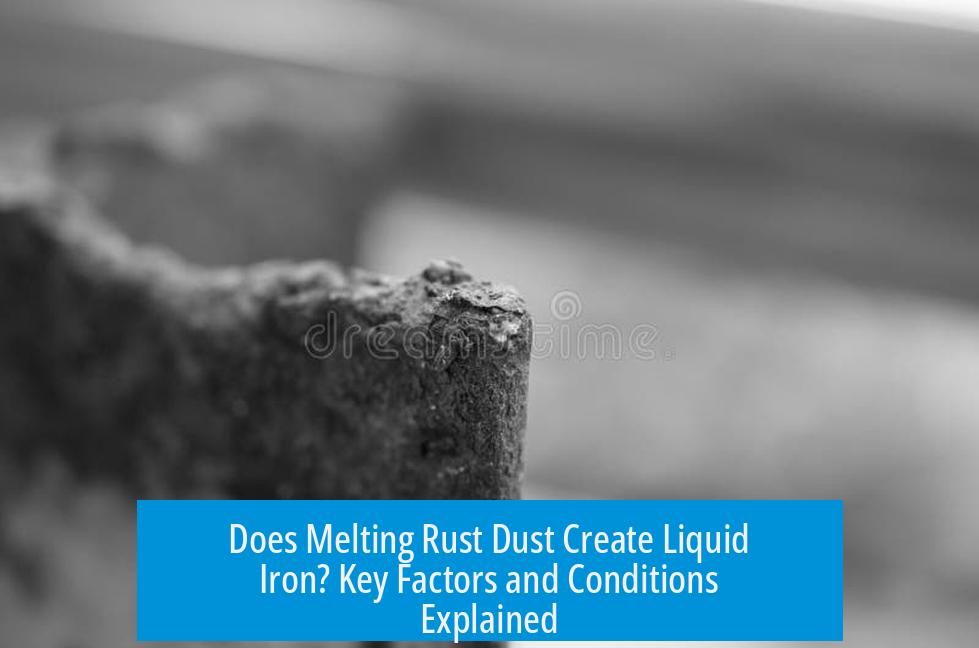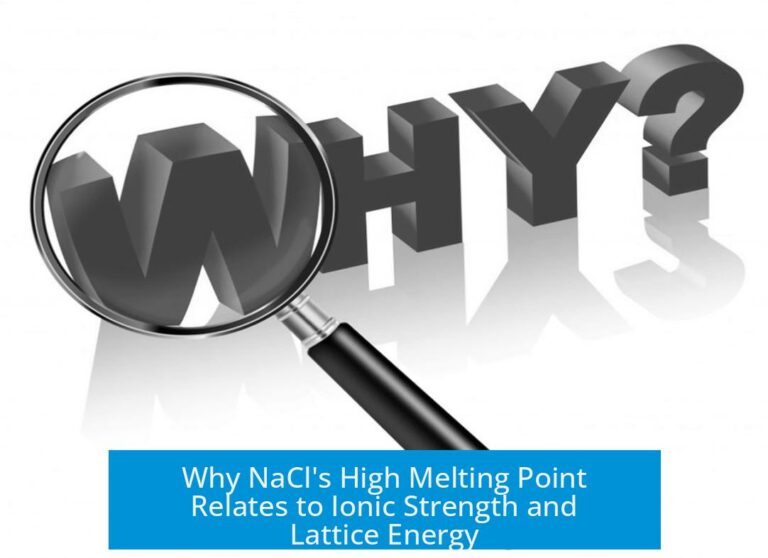Does Melting Rust Dust Produce Liquid Iron?
Melting rust dust alone does not produce liquid iron. Heating iron oxide (rust) will only result in hot rust, not elemental or liquid iron.
Why Heating Rust Alone Is Insufficient
Rust consists mainly of iron oxides, such as Fe2O3. Simply raising the temperature does not convert these oxides into metallic iron. Instead, rust remains chemically unchanged, because oxygen atoms remain bound to iron in the oxide lattice.
The Role of a Reducing Atmosphere
To extract metallic iron from rust, a reducing environment is essential. This atmosphere chemically removes oxygen from iron oxides. Typically, carbon monoxide (CO) from incomplete combustion serves as the reducing agent. This gas binds oxygen atoms, freeing pure iron.
Reduction occurs in high-temperature furnaces with limited oxygen supply. Without this environment, iron oxides cannot be converted to iron, regardless of temperature.
Temperature Requirements for Reduction vs. Melting
- Iron oxide reduces to metallic iron at approximately 1250 °C (2282 °F).
- Iron melts at a higher temperature, about 1538 °C (2800 °F).
The reduction temperature is lower than the melting point of elemental iron. Thus, the chemical transformation from oxide to metal occurs before melting.
Distinction Between Melting and Chemical Reduction
Melting is a physical change where a solid turns into a liquid without chemical alteration. Reduction is a chemical process that removes oxygen atoms. Melting rust would not remove oxygen; it simply liquefies the entire compound if heated enough, which is practically impossible for rust since it decomposes or changes form before melting.
Key Takeaways
- Heating rust alone produces hot rust, not liquid iron.
- Chemical reduction in a reducing atmosphere is necessary to obtain metallic iron.
- Reduction of iron oxide to iron occurs around 1250 °C, below iron’s melting point.
- Melting and chemical reduction are distinct processes; melting does not remove oxygen.





Leave a Comment